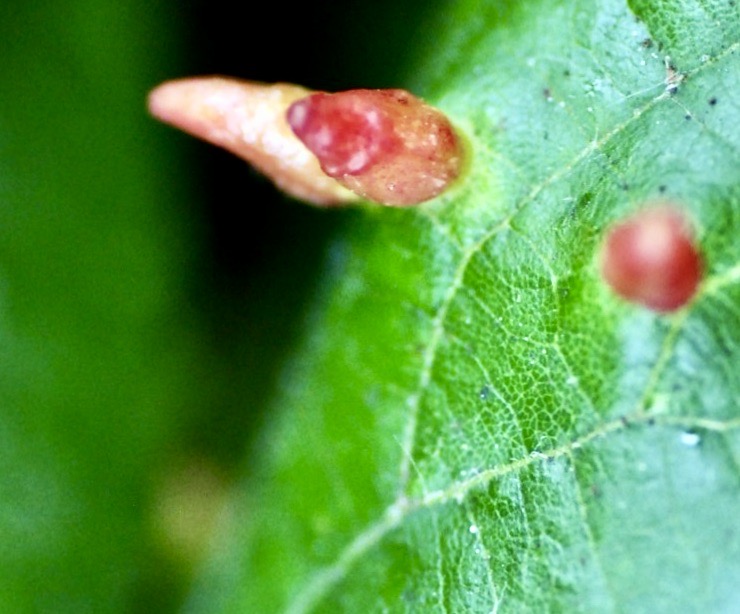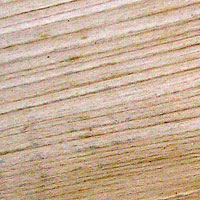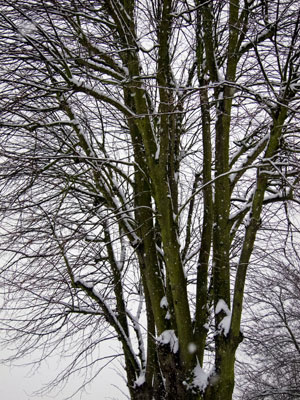Lime
There are three native types of lime in Britain:
- the small-leaved lime (Tilia cordata),
- the large-leaved lime (Tilia platyphyllos ) and
- the common lime (Tilia x europaea): a hybrid of small leaved and broad leaved lime.
The small leaved lime was a dominant tree in the woodlands and forests that formed in the UK after the last Ice Age . It was particularly associated with those that formed in the South and Eastt. The small leaved form is now relatively unusual in the U.K., but limes are often to be seen in parks and city streets / roads. Limes are sometimes known as Lindens or Basswoods.
Leaf
Simple, broad leaves, but the two halves of a leaf are not symmetrical. The leaf margin may appear complete at first glance, but in fact there are many tiny teeth. Limes often attract aphids (greenfly & blackfly) in considerable numbers. They use their piercing mouthparts (stylets) to feed on the sugars in the leaves.The sugary sap is extracted from the phloem tissue. The aphids exude a sticky honeydew (a sugar and amino acid rich liquid). The honeydew can spread across the leaves as the aphids feed and may contribute to the spread of fungi. Also, think twice before parking your car beneath limes as it too may be coated with the sticky honeydew! Veins are prominent on the underside of the leaf. The common lime has small tufts of cream / white hair in the angles of the veins. The small leaved lime has brown/ red tufts. The top (adaxial) surface is darker in colour than the lower (abaxial) surface.The small leaved lime (Tilia cordata) has heart shaped leaves.
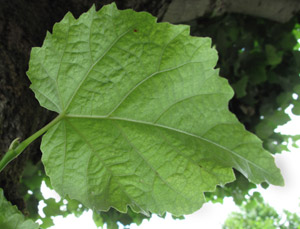
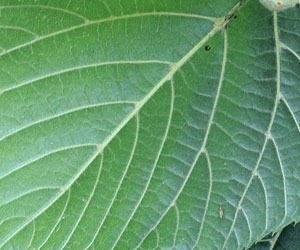
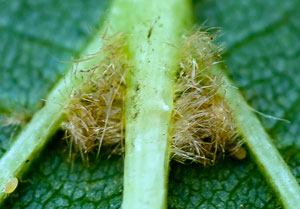
Buds and bark.
Buds alternate along the shoots, and have a red tinge to them. The bark is somewhat grey, with darker grey fissures. The inner bark is a rich source of fibres and archaeological digs have shown that lime tree fibre was used in clothing and rope making in neolithic times. Lime wood is much used / desired in wood carving or turning.
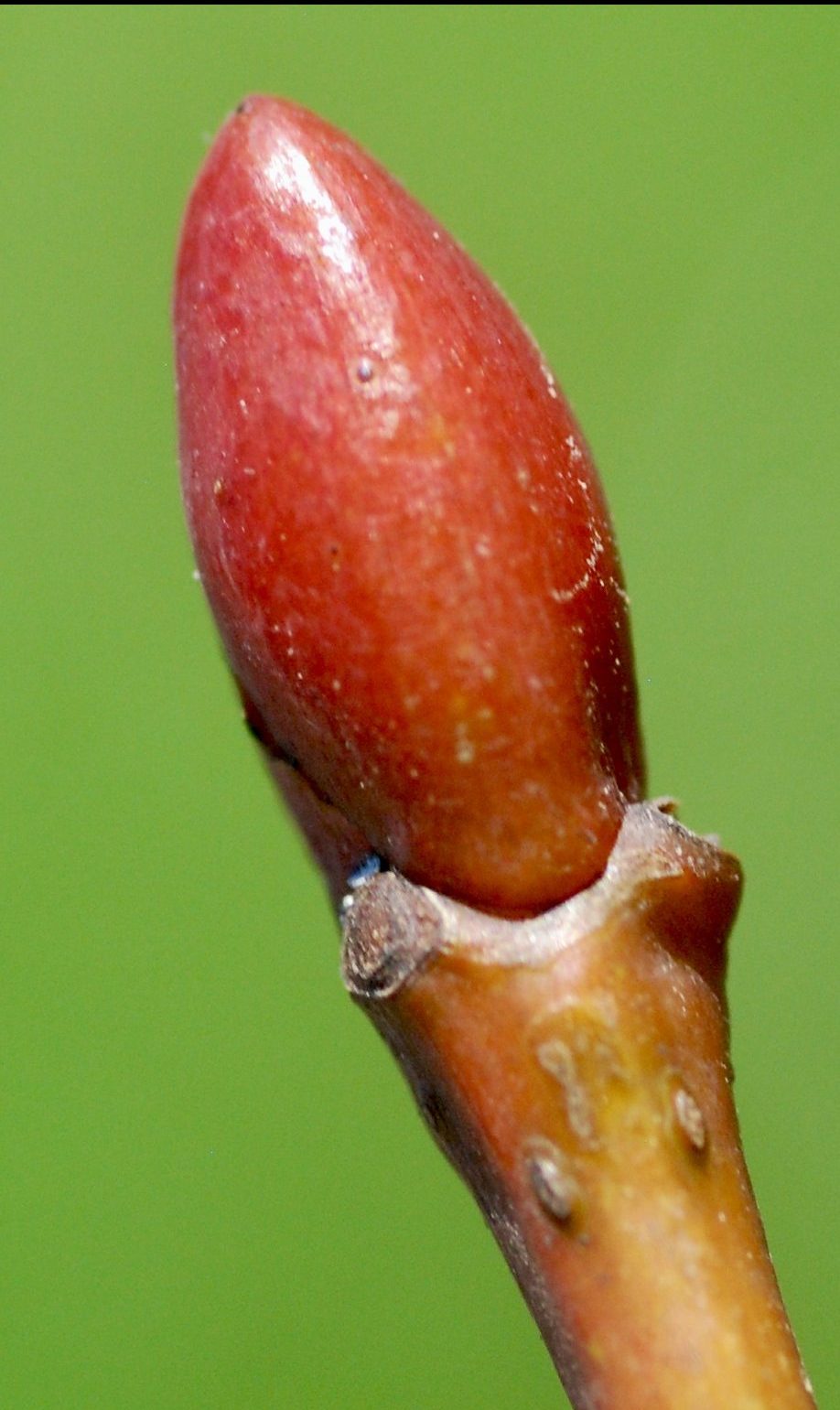
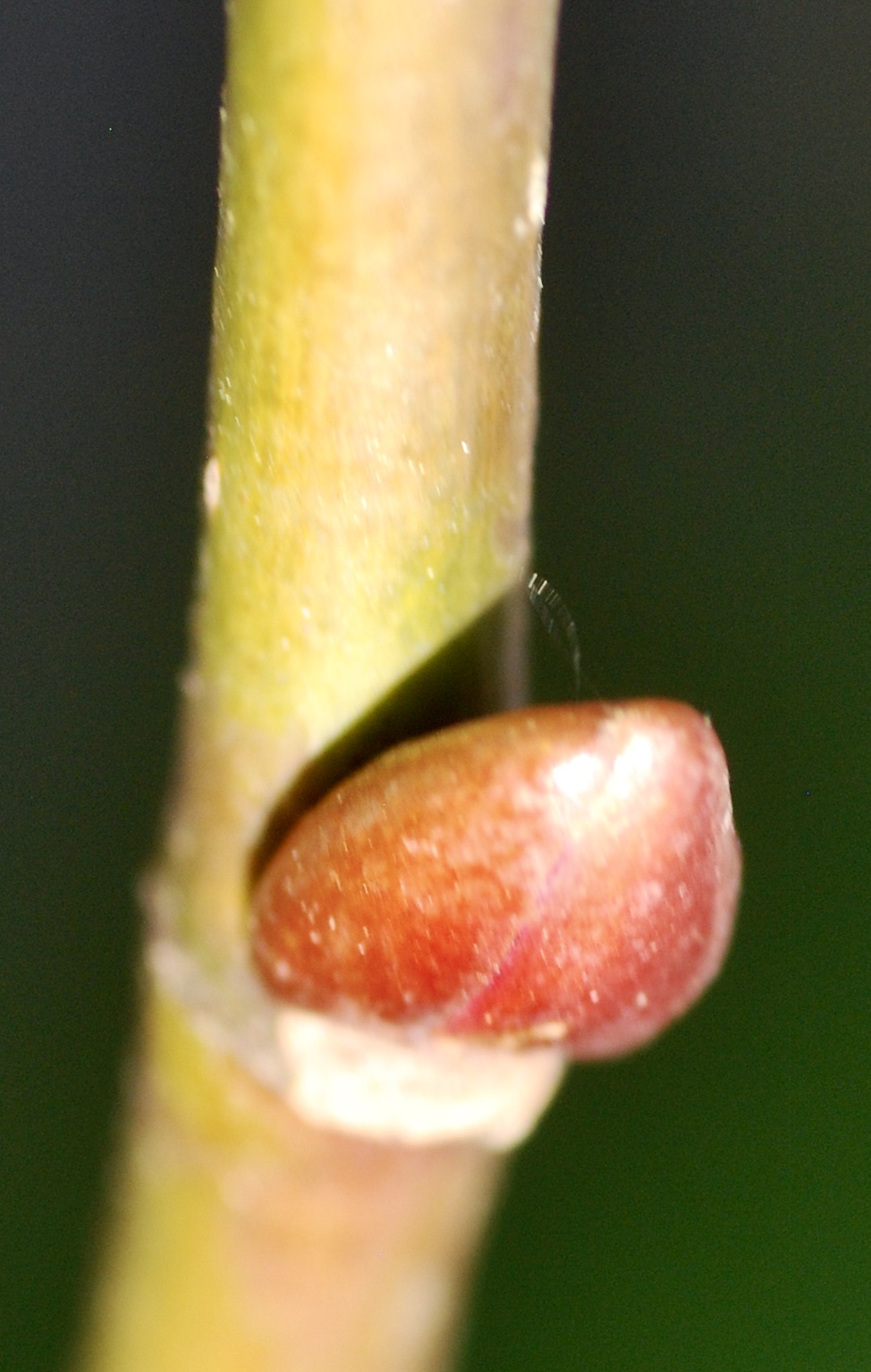
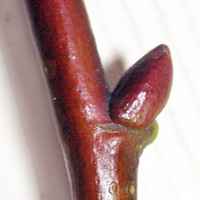
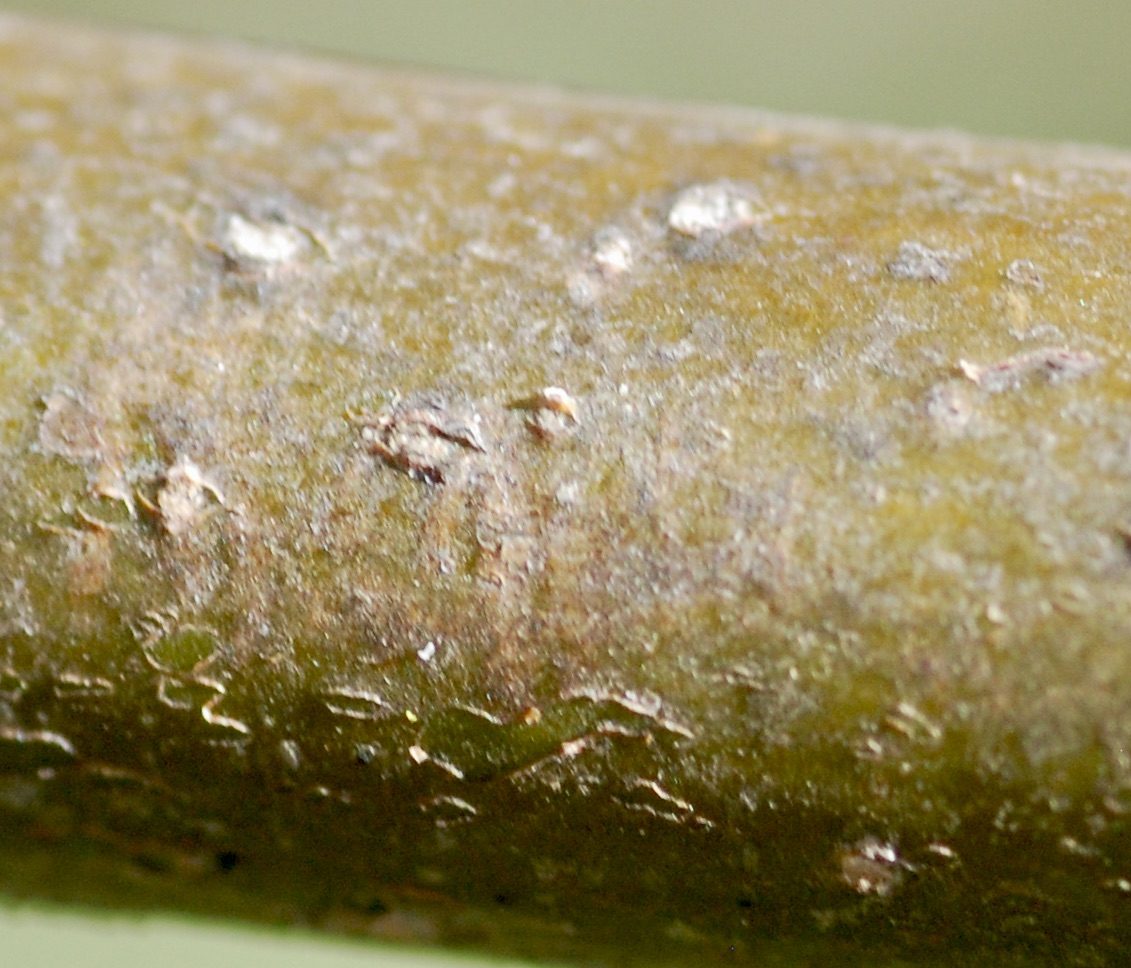
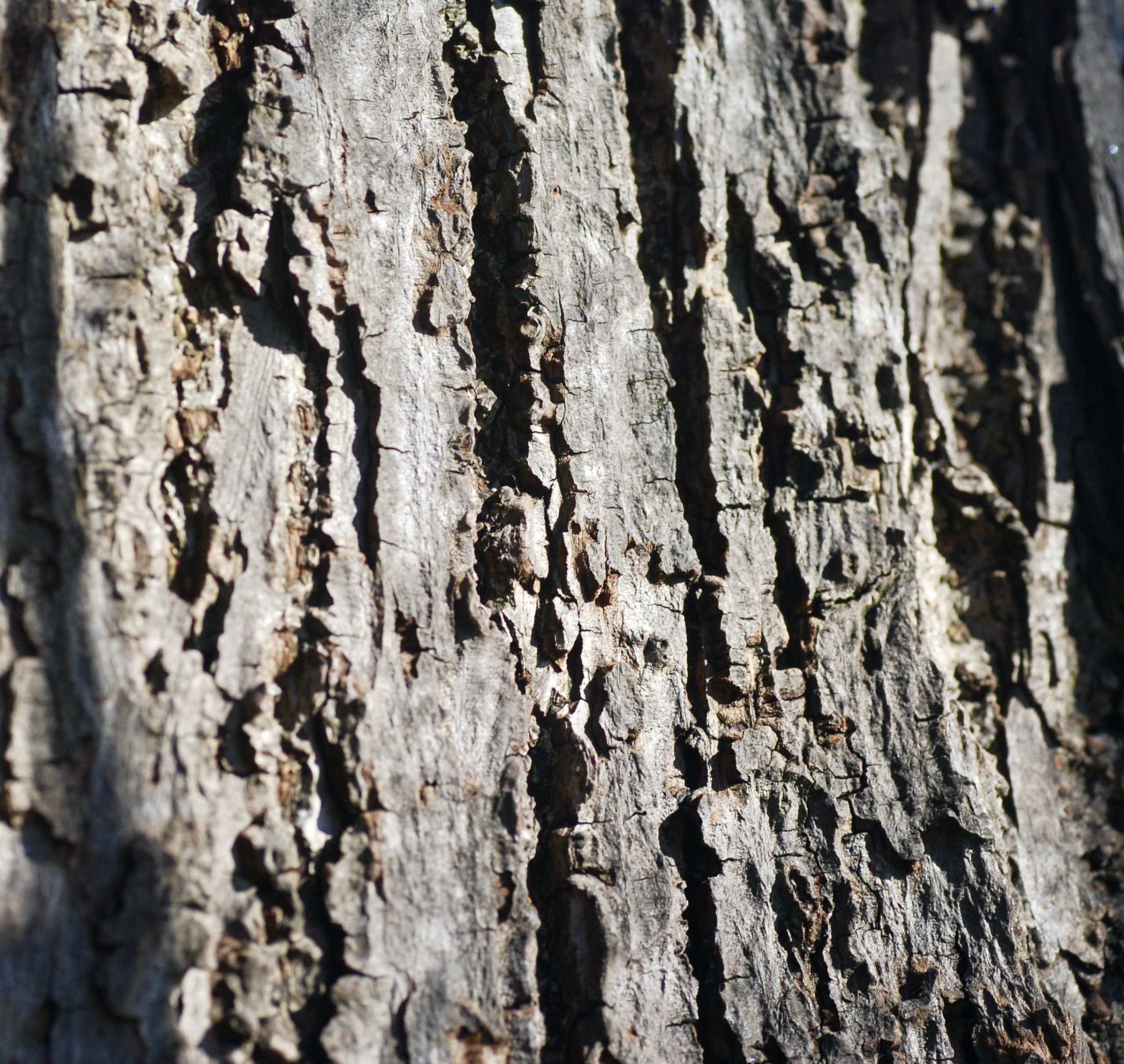
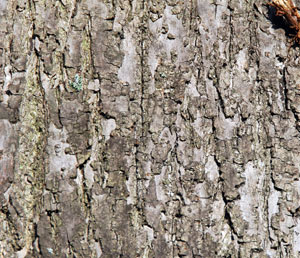
Flower and fruit
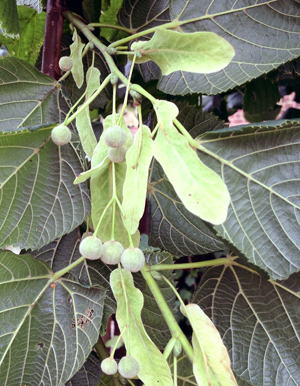
Flowers, which are yellow-white and have five petals and sepals, hang from a long, narrow leaf-like structure called a bract(eole). The one seeded fruits (when formed) also hang from this structure, which helps in the dispersal from the parent tree.
Miscellany
